EARLY CHILDHOOD EDUCATION
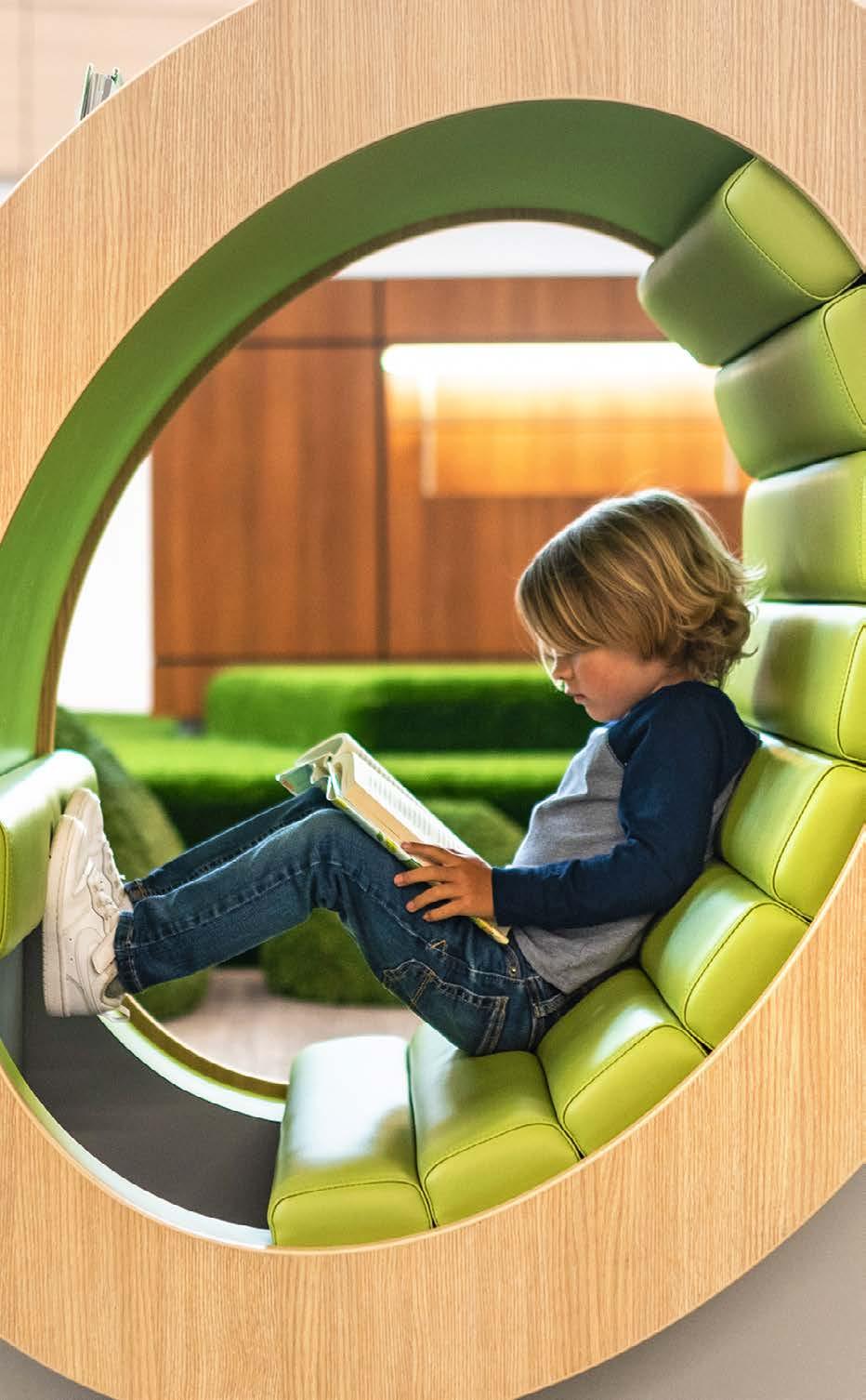

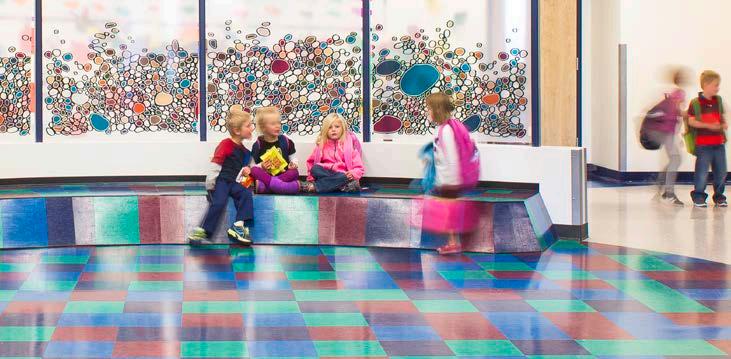
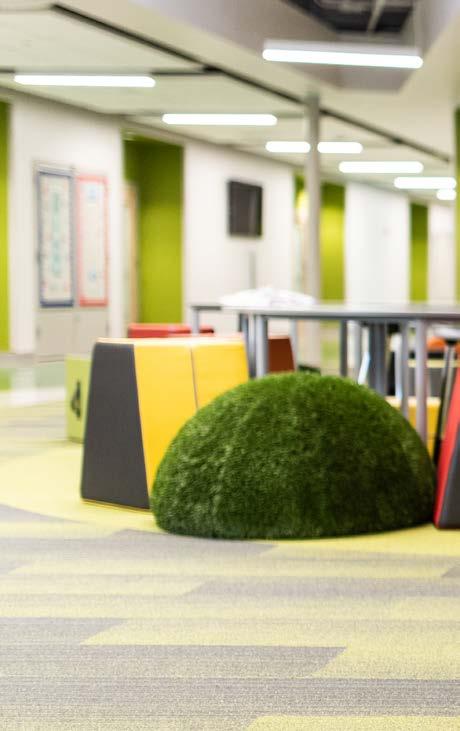





Designing an early childhood education classroom requires a deep understanding of how the physical environment influences learning and development. The space must be flexible, able to adapt to various teaching methods and activities while remaining engaging and accessible for young children. The scale of the environment must be considered to ensure that everything from the height of the furniture to the reach of the shelves is tailored to the needs of small children. This child-centered approach helps to foster independence, as children can easily access materials and resources without adult assistance. The layout should support a variety of activities, from quiet reading to energetic play, with distinct zones that cater to different learning experiences.
Natural light plays a crucial role in early childhood classroom design, as it has been shown to improve mood, concentration, and overall well-being. The design should maximize the use of windows and skylights, allowing daylight to flood the space while also providing views of the outdoors. This connection to nature can be further enhanced by incorporating natural materials like wood and stone, which create a warm, inviting atmosphere.
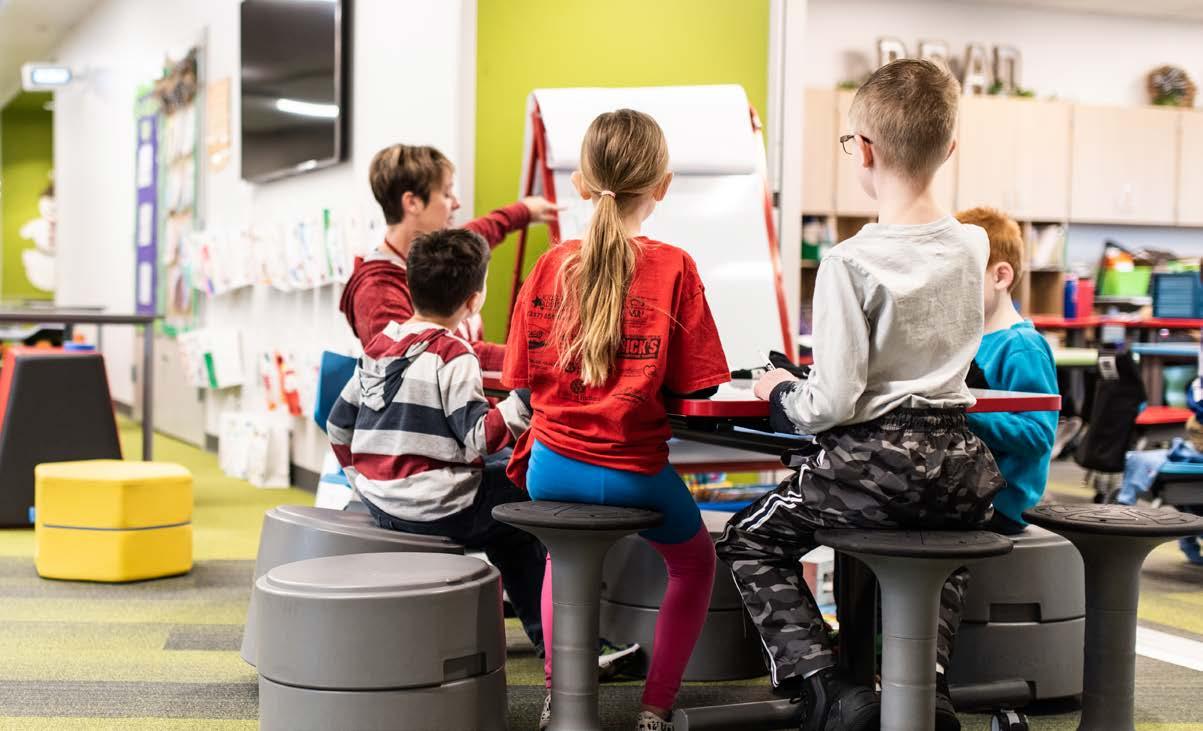
The use of soft colors can also help to create a calming environment, reducing stress and helping children feel more secure. Additionally, the strategic placement of mirrors and reflective surfaces can amplify natural light and make the space feel larger and more open.
Safety is another important design consideration. The layout needs to ensure that the space is free of hazards, with rounded edges on furniture, non-toxic materials, and secure storage for potentially dangerous items. Clear sightlines are essential, allowing teachers to supervise children easily and ensuring that all areas of the room are visible from multiple vantage points. The design should also incorporate features that promote health and hygiene, such as easily cleaned surfaces, handwashing stations at a child-friendly height, and proper ventilation to maintain air quality. These elements not only protect the physical well-being of the children
but also contribute to a learning environment where they can thrive.
Acoustics are a vital aspect of early childhood classroom design. Young children are particularly sensitive to noise, which can be distracting and overwhelming in a learning environment. The use of sound-absorbing materials on floors, walls, and ceilings will minimize noise levels and create a more peaceful atmosphere. Soft furnishings, carpets, and acoustic panels can help to dampen sound, making it easier for children to focus and engage in activities. The overall goal is to create a harmonious balance between a stimulating environment and a soothing one, where children feel both excited to learn and comfortable enough to explore their surroundings with confidence.


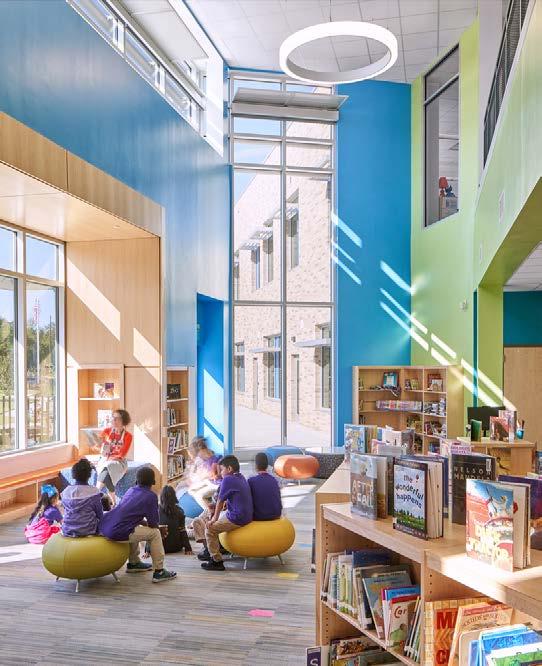
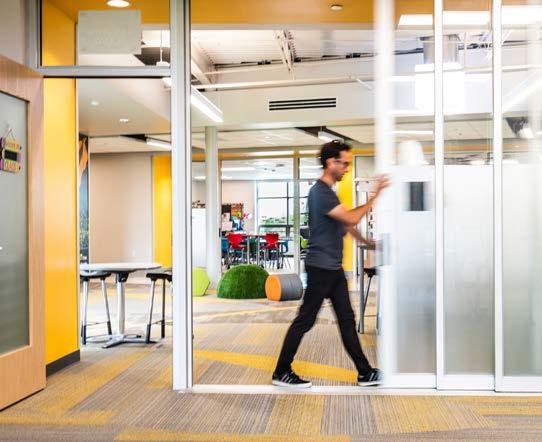
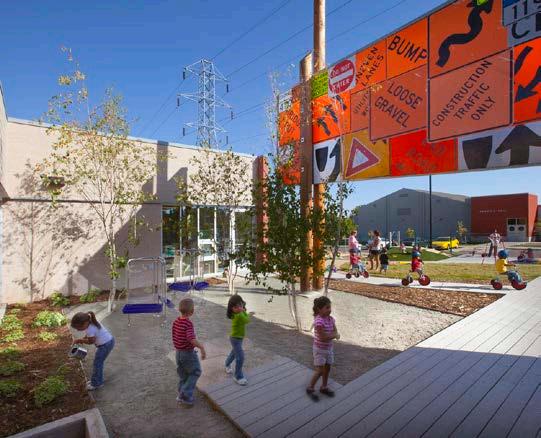
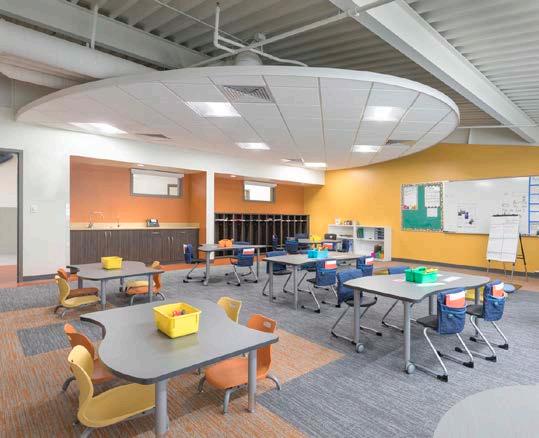
1. Safety Shapes Comfort
A safe environment creates a foundation for comfort and security. Childfriendly materials and accessible design ensure all children feel secure.
2. Flexibility Fuels Learning
Adaptable spaces accommodate diverse activities and teaching methods, evolving with the needs of children and educators.
3. Scale Encourages Engagement
Child-sized furnishings and appropriately scaled elements promote independence and active participation, fostering a sense of ownership.
4. Natural Light Enhances Well-Being
Abundant natural light and the integration of nature create a soothing and invigorating environment, promoting physical and emotional well-being.
5. Zones Define Purpose
Clearly defined areas for different activities help children understand the function of each space, supporting focused and purposeful engagement.
6. Color Sparks Creativity
A thoughtfully chosen color palette can inspire creativity and imagination, making the space vibrant and stimulating for young minds.
7. Sensory Variety Engages Minds
A rich sensory environment with varied textures, sounds, and visuals enhances cognitive development and makes learning more interactive.
8. Technology Facilitates Discovery
Age-appropriate technology provides new avenues for exploration and learning, encouraging interaction and collaboration.
9. Outdoors Invite Exploration
Outdoor spaces offer opportunities for physical activity, exploration, and hands-on learning, extending the classroom environment beyond walls.
10. Organization Supports Order
Accessible and well-organized storage keeps the environment tidy, supporting focus, reducing distractions, and fostering responsibility.
11. Movement Encourages Growth
Dedicated spaces for gross motor activities cater to the development of physical skills, balancing active play with fine motor learning.
4.
5.
6.
12. Play Fuels Imagination
Playful spaces are crucial for creativity, social interaction, and cognitive growth, enabling children to learn through fun and exploration.
13. Personalization Reflects Identity
Providing space for students to display their work and personalize their space fosters a sense of pride and ownership, supporting their identities.
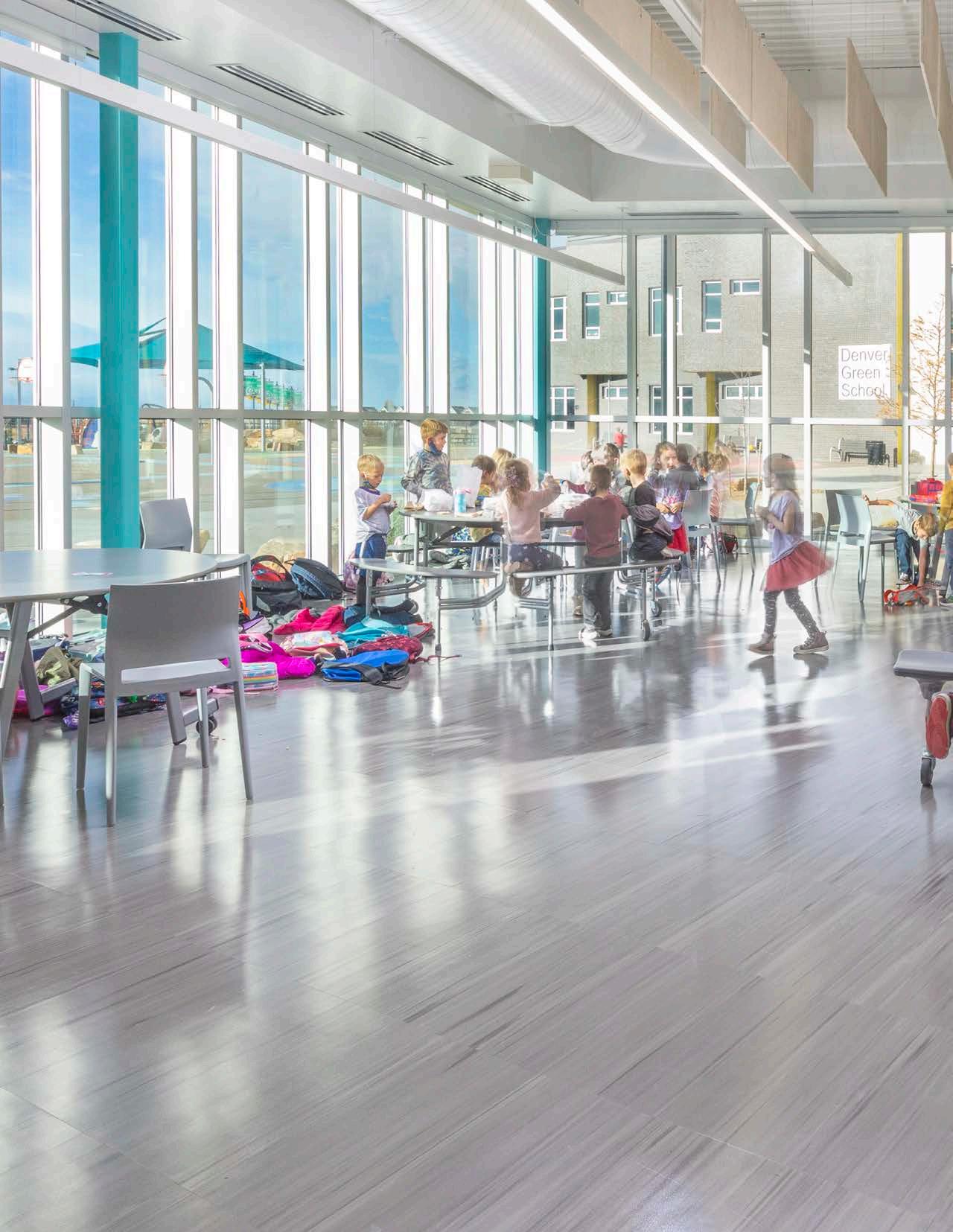
Abundant natural light and the integration of nature create a soothing and invigorating environment, promoting physical and emotional well-being.
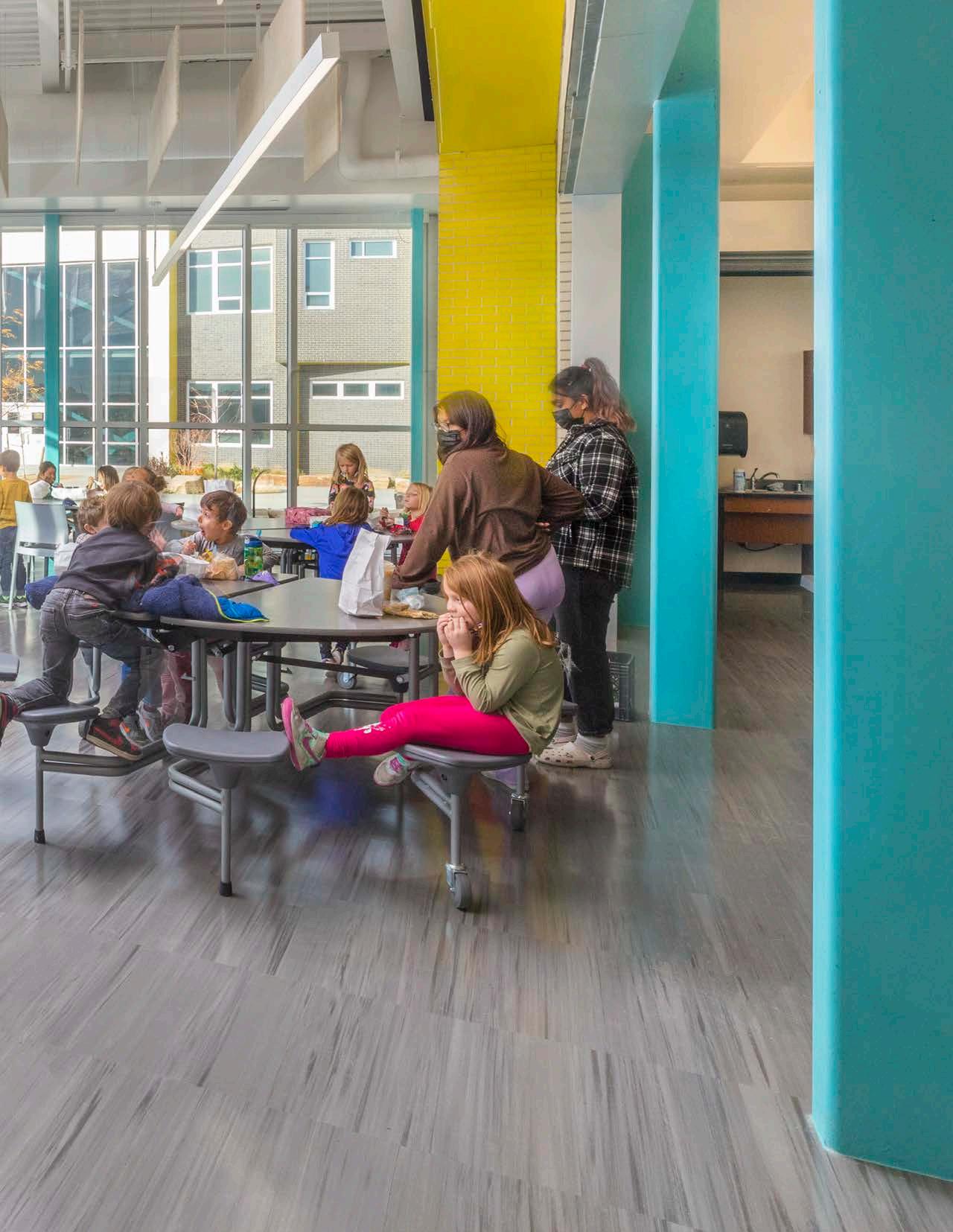
INDIANAPOLIS
CHICAGO DENVER
RALEIGH
CHAMPAIGN, IL
MILWAUKEE
AFFILIATES
RATIO STATES, LLC
RATIO STATES - NC, PLLC
RATIO STATES, LLC D/B/A RATIO STATES PLLC
RATIO / SMDP, LLC
RATIODESIGN.COM